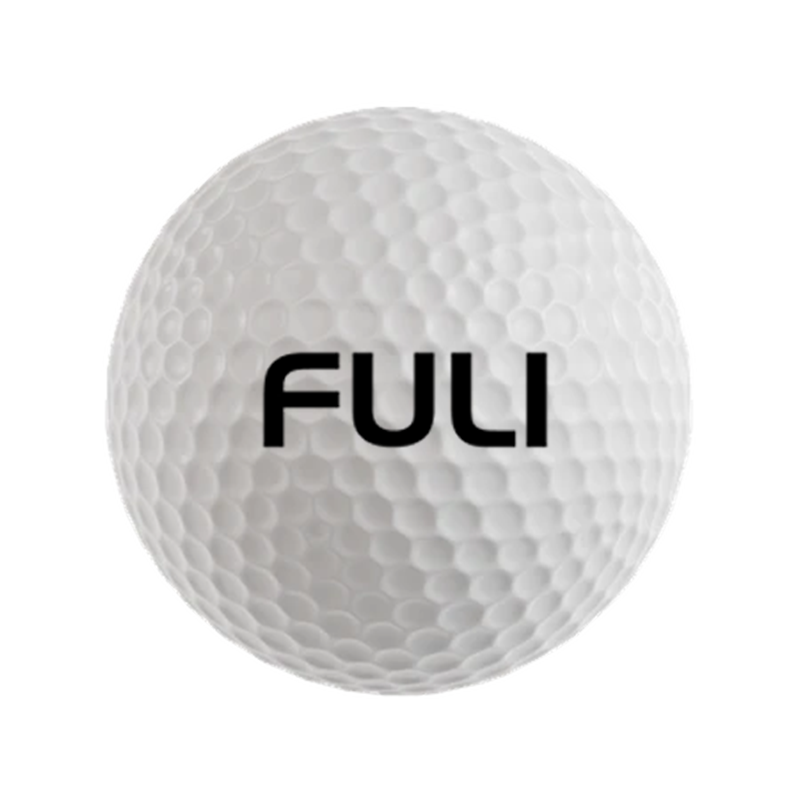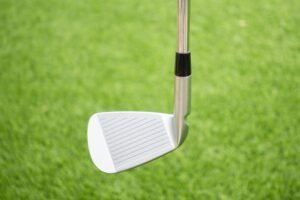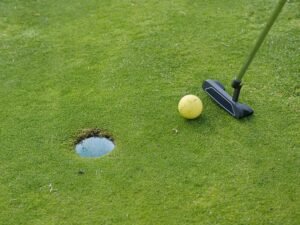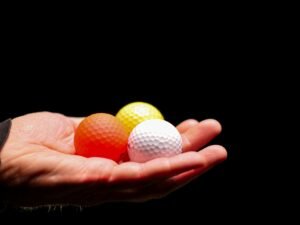
I hope you enjoy reading this blog post.
If you are looking professional golf manufacturer.
Introduce The Types And Uses Of Golf Clubs
March 31, 2025
On a golf course full of charm and challenge. The club is not only a tool for players to compete on the court, but also their closest partner.
Each club from the design concept, material selection, and then to the production process. Both contain profound golf connotation and unique wisdom.
Mastering the characteristics and uses of various clubs is like mastering the key to opening the door of victory on the golf course. It is the key for players to gallop on the football field and enjoy their sweat and passion.
Next, let’s explore the wonderful world of golf clubs with our love and curiosity for the game. Uncover the mystery of different types of clubs and appreciate their unique charm and value.
Wood: The Master Of Long Distance Hitting
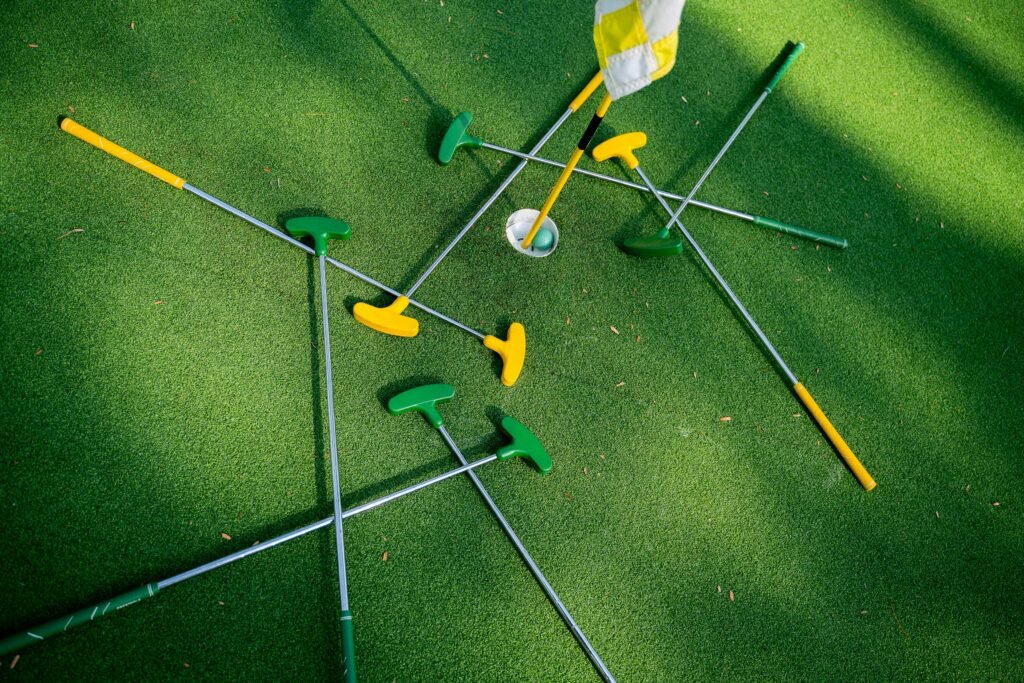
Among the stars of the golf club family. Wooden clubs with its unique shape and excellent performance occupy an irreplaceable important position.
It has a large rod head, like a ready source of power. The long, straight body of the pole resembles the powerful arm of an athlete. The wide playing surface, like a solid shield, is always ready to meet the arrival of golf.
Although the head of the modern wood pole has long said goodbye to the traditional wood material, most of the advanced materials such as metal or carbon fiber are manufactured. These new materials not only retain some of the original characteristics of the wooden pole, but also give it more powerful performance.
However, the traditional name “wood”, which carries the historical memory of golf, is still used affectionately by people.
The wood is the king of long distance shots, and is a useful weapon for golfers pursuing extremely long drives on the opening tee and on the fairway.
The long rod body and the fast rod head speed are like a precision energy converter. Can perfectly transfer the power of the golfer to the golf ball, burst out powerful energy, and push the ball to a distant target.
Among the many wooden poles, the No. 1 wooden pole is known as the “king of the range” with its extreme design and performance. It is a fixture on the tee and is doted on by almost every top golfer.
Take the legendary player “Tiger” Woods as an example. In the tee moments of numerous major events, he is like a master of power and speed.
His eyes were firmly fixed on the distant target, his feet firmly planted on the tee, his body slightly crouched, ready to start. With a powerful roar, he quickly swung the No. 1 wood in his hand, and the powerful explosive force made the club head speed reach an amazing degree.
The golf ball is pushed by this powerful force, like a cannonball out of the chamber. Galloping out, it easily covered a distance of 300 yards, making a beautiful arc in the air.
Such an excellent tee shot not only created extremely favorable position conditions for his follow-up shots, so that he quickly occupied the initiative on the court. More psychologically give the opponent a strong deterrent, so that the opponent feels great pressure.
This series of actions was completed in one go, showing the absolute advantage of the No. 1 wood in long-distance hitting, and also allowing the audience to deeply appreciate the beauty of the power of golf.
The 3-wood and 5-wood, although slightly less distant than the 1-wood, are better in terms of accuracy.
These two wooden poles are like accurate shooters on the battlefield, which can ensure a certain distance while accurately sending the ball to the desired position of the player.
On the second or third shot from the fairway, players often use a 3-wood or a 5-wood. They help the golfer skillfully avoid various obstacles on the fairway, such as bunkers, ponds, etc., and accurately approach the green, creating excellent conditions for the next shot.
For example, in a game, a player’s tee shot lands in the middle of the fairway. But there was still a long distance to the green and a bunker ahead as a barrier. At this point, the player calmly analyzed the situation and decisively chose the No. 3 wood. He adjusted his position, focused on the target, and then swung at the ball.
The ball made a graceful arc in the air and cleared the bunker exactly. It landed on the fairway just short of the green, setting a solid foundation for subsequent shots.
Iron: The Perfect Blend Of Precision And Distance
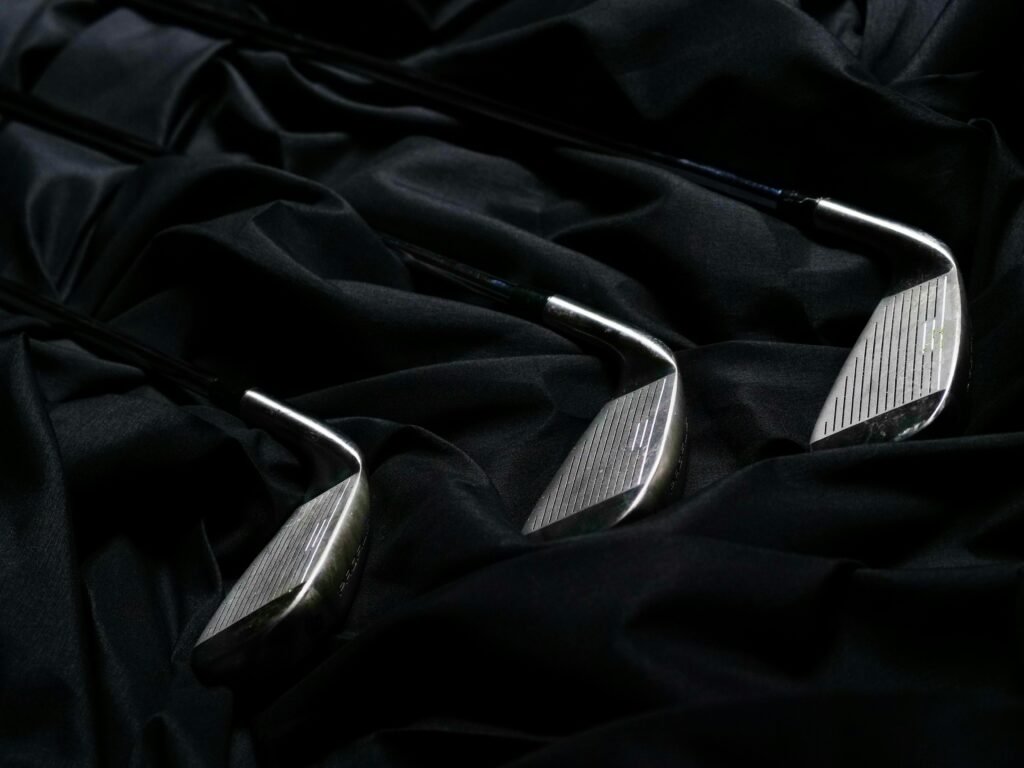
Compared with the wooden pole, the iron rod is like a low-key and restrained gentleman, with completely different characteristics. Its rod head is small and delicate, like a carefully carved gem.
It’s short, but it’s powerful. The striking surface is relatively narrow, like a sharp sword. At the same time, it has a greater club face inclination, which allows it to produce a unique effect when hitting the ball.
Irons are usually numbered, and the smaller the number, the longer the shaft, the smaller the clubface Angle, and the farther the shot. The larger the number, the shorter the club body, the greater the club face Angle, the higher the stroke height, and the distance is relatively shortened.
This unique design is like a set of keys of different sizes. It can meet the needs of golfers in a variety of complex situations on the course. The use of the club on the course is extremely widespread.
Whether it’s hitting the ball with precision on the fairway or putting it firmly on the green. Or achieve high precision control of close range shots. The club can complete the task with its excellent performance and the exquisite technique of the player.
Low number irons, such as 2, 3, and 4 irons. With its long shaft and small club face Angle, it can achieve long distance shots.
However, this also puts forward higher requirements for the technical level of the performers. Just as a good pianist needs great skill to play a beautiful movement. Only skilled golfers can use them to their full potential when the fairways are wide and far from the greens.
At the 2019 British Open, Rory McIlroy showed us the charm of low-count irons. It’s a crucial time to hit the ball. The fairways are wide. Far from the green, the surrounding environment has a certain impact on the shot.
Faced with such a long shot that requires accurate landing, Rory McIlroy did not hesitate at all and decisively chose a 4-iron. He stood in front of the ball, took a deep breath, adjusted his breathing and mentality. Then he watched the target intently, feeling the change in wind direction and terrain.
When he was ready, he swung smoothly and the whole movement was in one go. With superb technique and a deep understanding of the club. He managed to drive the ball into an ideal position close to the green.
This brilliant shot not only paved the way for his subsequent attack. And the television audience and the fans cheered. It perfectly interprets the excellent performance of the low iron in the long-range accurate shot.
Higher irons, such as 7, 8, and 9 irons, are more focused on accuracy and control of the shot. When the golfer is close to the green, these high-count irons become the golfer’s effective aid in accurately putting the ball on the green or hitting the target area.
Its shorter body and larger club face Angle allow the player to more accurately control the direction and force of the shot. Achieve fine batting operation.
Just as a painter paints each stroke on a canvas. Players can depend on the slope of the green, the wind direction, the distance of the ball from the hole and other factors. Flexibility to adjust the power and Angle of the shot.
For example, in one game, a player’s ball lands on the fairway short of the green. However, the slope of the green is large, and there are certain obstacles around the hole.
At this point, the player chooses an 8-iron, and he carefully observes the condition of the green and analyzes the best course to hit. Then he took a gentle swing, controlling the force and direction of the stroke.
With his precise control, the ball rolled slowly toward the green, accurately avoiding the obstacles around the hole. It ended up just short of the hole, creating a great chance for the next putt.
Dig Up The Club: Magic Wand Around The Green
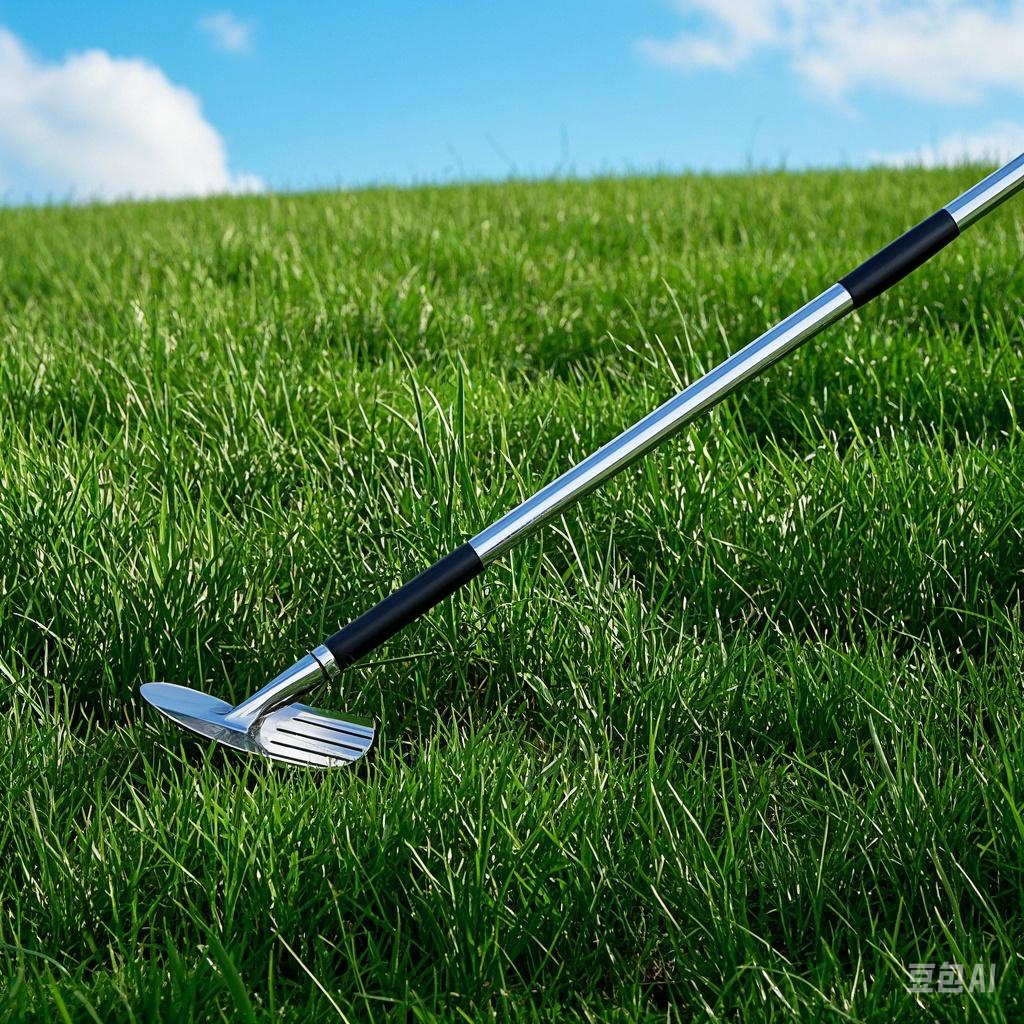
Digging rod is a special member of the iron family, it is like a magician hidden behind the scenes, with magical magic. Its clubface inclination is larger, usually between 45° and 60°, and the unique clubhead design enables it to perform well in special environments such as sand pits and long grass.
Common dig rods include split rods (PW), bunker rods (SW) and high throw rods (LW). They are a golfer’s secret weapon for short shots around the green, each with its own unique use and charm.
The wedge is often used to hit the ball from a fairway or soft surface onto the green, usually within 100 yards. It’s like a limber dancer with the right Angle. Flexible handling, can easily push the ball onto the green.
The wedge is useful when a player’s ball is on the fairway and short of the green but needs a certain height to get on the green. Players can adjust their stance and batting posture according to the actual situation, and then gently swing.
Under the action of the wedge, the ball will fly at a suitable Angle, passing through the air in a beautiful arc. It ended up firmly on the green, setting the stage for the next putt.
Bunker rods, as the name implies, are specifically designed for bunker shots. When the ball is unlucky enough to get stuck in the bunker, the bunker pole is like a brave rescuer, able to help the golfer out of the crisis.
Its large club face Angle and special club head design make it easy for the golfer to save the ball from the bunker when playing in the bunker. The golfer only needs to exert clever power, combined with precise control of the club face Angle. I can get the ball to bounce out of the bunker and land right on the green.
Jordan Spieth has shown us the wonders of bunker rods in tournaments. In one tournament, his ball got stuck in a bunker, and the crowd around him was sweating for him. Jordan Spieth, however, was remarkably calm, calmly selecting his bunker clubs and carefully observing the conditions of the bunker and the position of his ball.
Then he adjusted his position and plunged the head of the club into the sand. Take advantage of the special properties of the bunker rod through delicate operation. As if by magic, the ball quickly escaped from the bunker and stopped precisely near the hole.
This wonderful shot not only successfully resolved the crisis, but also won bursts of applause from the audience. It highlights the unique value of the sand bar in the special environment.
The high throw club is the best choice when you need to go over obstacles or when the green has a steep slope. It is able to throw the ball in a very high parabola, making the ball land quickly and stop quickly. Like a bird flying freely, it can easily overcome all kinds of obstacles.
When there is an obstacle in front of the ball, or the slope of the green is steep. When the ball needs to be thrown high to reach the hole smoothly, the high throw club becomes the player’s first choice. The golfer can adjust the strength and Angle of the shot according to the height and distance of the obstacle, as well as the slope of the green and other factors.
Then, swing hard, and the ball will fly in a very high parabola under the action of the high throw club. Streaking a beautiful rainbow through the sky, over the barrier. Landing quickly on the green and stopping quickly helps golfers navigate complex course conditions.
The Putter: The Key Weapon That Decides The Outcome
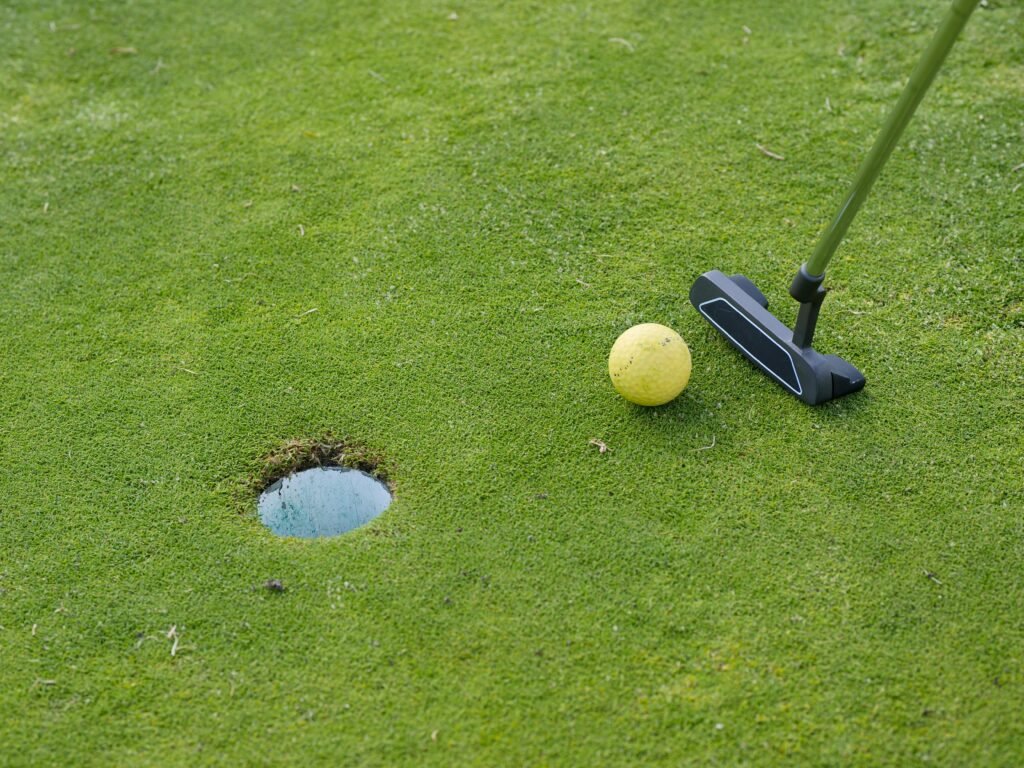
On the golf course, putting may seem mundane. Not the power of the wood, not the precision and variety of the iron, not the magic of the dig, but it is the key to the victory of the game.
The putter has the shortest body, like a steady little man. Club heads are varied and usually flat. It is mainly used to drive the ball into the hole on the green.
The core of its design is to ensure the accuracy and stability of the shot. Therefore, the clubface is generally relatively flat, and there is no obvious clubface tilt.
In golf, it doesn’t matter how good a player is at the tee shot and the fairway. If you make a mistake in the putting, you can lose the victory. Putting requires a player to have a keen touch and precise control, just like an experienced sniper, can accurately hit the target.
Through subtle adjustments of force and direction, the player pushes the ball into the hole with unerring accuracy. In the final round of the 2015 Masters, Danny Willett put on a great show for us.
It was a tight race, and it came down to the final round, where Danny Willett was very close to the rest of the field. Under enormous pressure, Danny Willett did not feel any tension or panic. He used his putter to get the ball into the hole with great touch and calmness.
Every putt, he was focused. Carefully observe the position of the hole and the slope of the green, then gently push the ball out. Under his control, the ball rolled slowly along the predetermined path to the hole, and finally fell into the hole with accuracy.
With this series of wonderful performances, he successfully achieved a reversal and finally won the championship. The tournament brought home the decisive role of the putter in the final stages of the tournament. Also let us see the unique charm of the putter in golf.
Each type of golf club contains unique value and significance.
From wood clubs that pursue long shots to irons that achieve precision and distance balance. To the magic dig around the green, and the key putt that decides the winner, they together constitute a wonderful picture of golf. Understanding and mastering these clubs is the key to every golfer’s progress in pursuit of excellence.
Whether it is to enjoy the exhilaration of long-distance hitting, or to taste the sense of achievement of accurate hitting. Different types of clubs can meet the various needs of players on the course, bringing them endless challenges and fun.
Let’s pick up our own clubs on the golf course. Sweat it out and write your own golf legend.
FAQS
How do I choose the right golf ball for my skill layer?
Beginners should start with two-layer balls for ease of use and affordability. Intermediate players might benefit from three-layer balls for better control.
Advanced players can explore four or five-layer options to enhance their performance.
Are more layers always better?
Not necessarily. While more layers can offer advanced performance features, they may not be suitable for every player.
Beginners might find multi-layer balls harder to control, while more experienced golfers can benefit from the added complexity.
What is Fuli lead time?
Usually, we ship orders in 2 weeks. But it will take a little longer if we have the heavy burden of production tasks. It also takes more time for customized products.
Can the weather affect the choice of golf ball?
Absolutely. In colder weather, a softer ball might provide better feel, while in warmer conditions, a firmer ball might maintain distance better.
Additionally, wet conditions may call for balls that offer better traction and control.
How often should I change my golf balls?
Golf balls should be replaced if they show visible signs of damage (scrapes, cuts) or if you notice a decline in performance.
Regular players may want to change balls every few rounds, while casual players can go longer.
Leave a Reply
Your email address will not be published. Required fields are marked *
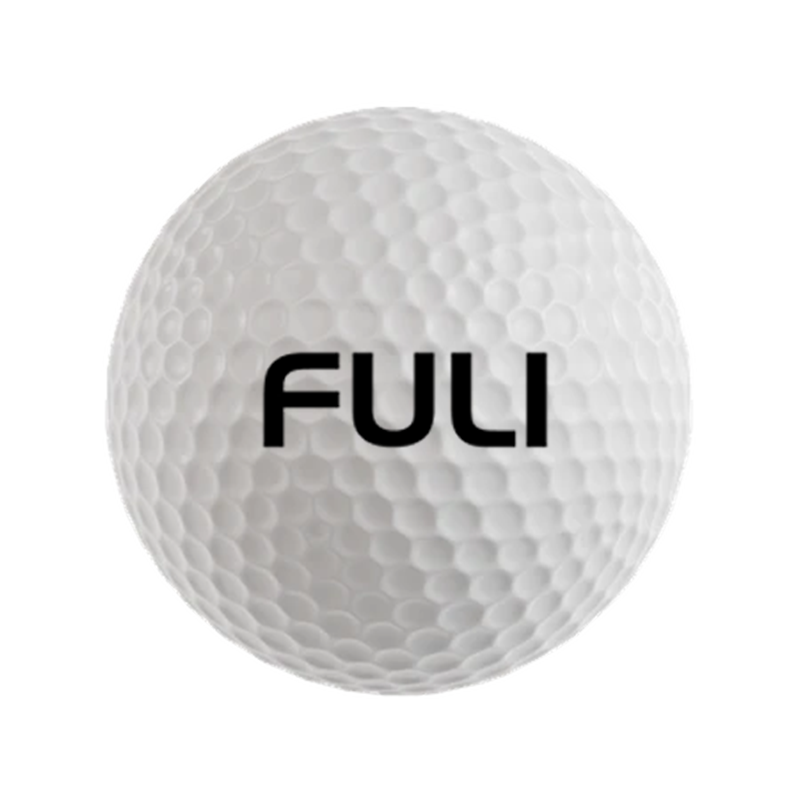
Are you looking for
GOLF BALL?
Offers Suitable Golf For Wholesalers And Professionals

